Try this the next time you have the chance to chat with an Italian: Tell them you’re thinking of going to Emilia Romagna. A dreamy look will pass over their face, and they will say something about the best food in Italy. (Second, of course, to their mother’s.) And by “best food in Italy,” they probably mean “best food in the world.”
Located just north of the Apennine mountains, the province of Emilia Romagna is known as the bread basket of Italy. One of its culinary capitals is Parma, as in Parma ham and Parmesan cheese. Drive into Parma from the south on the Autoroute and you’ll pass the Padillo Pasta Plant. But that’s just the beginning. The city’s reputation, even among gourmands from other great Italian culinary towns, is unassailable: A foodie tour of Parma and the surrounding area may settle the question.
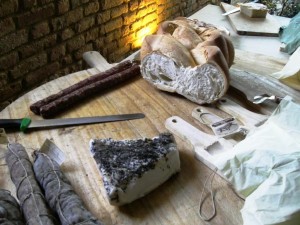
Tasting at the Antica Corte Palavicina Relais
In Your Bucket Because…
- If Italians think this region has the best food in Italy, are you really going to pass it up?
- This is a great place to learn about the slow food movement and the aesthetics of locally-grown artisinale culinary traditions.
- Good for foodies and lovers of the good life.
Parmigiano-Reggiano Cheese
If you think you know what Parmesan cheese is, and if you are envisioning a shiny green container, you might want to be very very quiet when you enter the Parmigiano-Reggiano Museum in nearby Seragna.
The first exhibit is a wall of shame: a collection of inauthentic Parmesan-style cheeses sold around the world, green packaging figuring prominently. Our guide practically spits as he gestures at it in disgust. As far as he is concerned, a crime against food has been committed. And, in a very real sense it has: Calling something Parmesan cheese in the European Union is in fact against the law, unless the cheese comes from Paremesan-Reggiano region, and unless it is made by certified producers according to an exacting set of specifications.
The rules are administered under a program known as the “Protected Domain of Origin” — P.D.O. — which is a sort of trademark program that protects traditionally made regional products from copycatting. Two of Parma’s best known traditional products, both holding “Protected Designation of Origin” certification, are Prosciutto di Parma (also known as Parma ham) and Parmigiano-Reggiano cheese. Both are made according to exacting traditional specifications that regulate ingredients, manufacturing processes, and aging conditions. Visitors can arrange to visit the small-scale factories where these products are made the traditional way, using processes handed down through many generations.
The museum contains exhibits on how Parmesan cheese is made today, and how it was made in pre-industrial days. (The production of cheese here goes back at least 800 years.) But to see the process in action, we went to the C.P.L Factory at 15 Via Puppiola, Baganzolino, outside Parma.
Tours begin early: The factory runs on a farmer’s schedule not a tourist’s schedule, and by the time we arrived at around 8:30, the spotless factory’s stainless steel tanks were filled with yellowish milk. We followed from one station to the next as the cheese was stirred, checked, strained, and molded into a round wheel that, with brining and drying and aging, will, some months later, be sold all over the world.
Visitors can not only watch the cheese being made, but also buy cheese, Modena vinegar, Parma ham, and other local specialties. And if they come on the right day, they may find themselves listening to a musical concert in one of the cheese aging rooms; the room has been found to have excellent acoustics, and for the Italians — especially Italians in the region Giuseppi Verdi called home — combining food and music is the natural melding of two equally important arts that complement each other and sustain the soul.
Prosciutto di Parma: Not Just a Slice of Ham
I think it’s fair to say that only real foodies will enjoy a full-length, full-fledged tour of a Parma ham factory The process of making Prosciutto di Parma is painstaking, to put it mildly, and a full tour takes visitors into a seemingly endless series of chambers where the hams are sorted, salted, dried, and aged, all the while being checked for the quality of the mold, the salinity, and the density. When we arrived, a load of fresh hams had just been delivered and was waiting to begin the process: It will take months before that ham is finally ready for eating.
A shorter and, I thought, more interesting tour was offered by the Antica Corte Palavicina Relais in Polesine Parmense, on the Po River not far outside of Parma. Indeed, a stop at this historic estate offers an experience that combines history, hostelry, a farm, a ham curing operation, and Al Cavallino Bianco, a famed gourmet restaurant featuring local specialties. There’s a music connection here, too: Owners Massimo and Luciano Spigaroli are great-grandsons of a farmer who cured ham for Giuseppi Verdi.
In the basement of the inn, we saw how culatello is made. Also a P.D.O. product, the “little buttocks” is a smoked ham that is painstakingly made by small producers from the meat of special black Parma pigs. As with Prosciutto, there is a series of salting, drying, and aging rooms. Take advantage of the chance to taste it because it’s much rarer than Prosciutto, and even if you could find it imported to your home country, you might not be able to afford it there. Our tasting session included several different kinds of ham as well as Parmegiano-Reggiano cheese from different kinds of cows fed on different types of grass, all washed down with a complementary local Lambrusco.
Walking from the inn to the restaurant, past geese and black pigs and quiet fields, I had a feeling that fine food here was not merely something to be paid for and consumed. It was, instead, a way of life: something to be savored and tended in the same way a luthier builds a fine guitar or a glazier blows a glass vase. What is being protected here is more than a traditional way of making food: it is a set of values about how to live, and appreciate, and savor.
So this is a place where foods are sustainably and organically made according to methods handed down through generations, under the watchful presence of ancient castle-fortresses that loom over quiet farms. Some of the castles hidden in the Apennines contain fine restaurants, and maybe a dungeon or two — where I’m sure some of my food-producing guides and hosts would, if they could, happily consign the makers and purveyors of processed, chemical-laden, mass-produced “food products.”
Practicalities
Many companies offer culinary tours of the region, which might also include pasta making classes or tasting of Modena vinegar, as well as winery tours. For more information about agritourism visits to manufacturers and farms, contact the tourist office in Parma, 45 Strada della Republica, Parma. The Association of the Parma Province Food Museums has brochures about related food museum exhibits in the area.
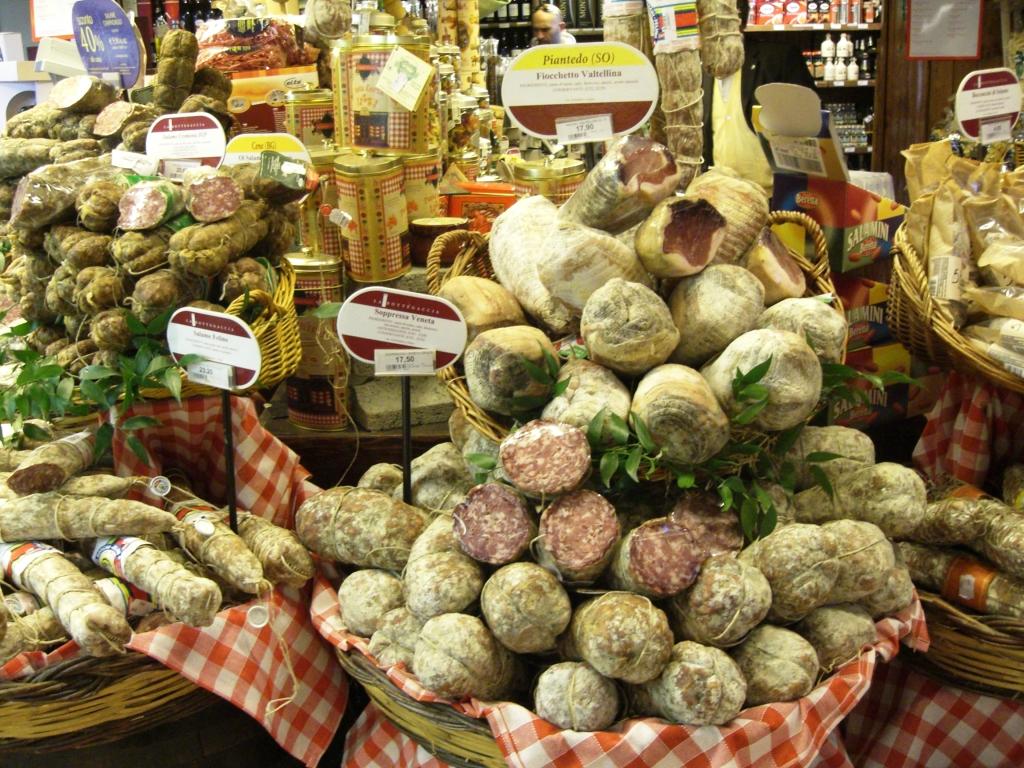
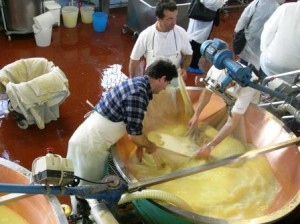
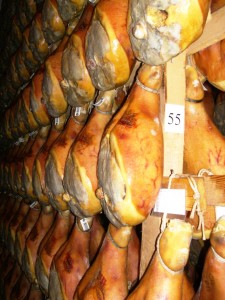
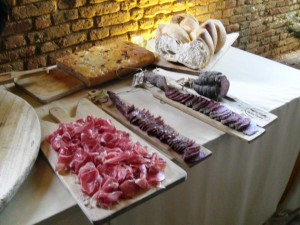
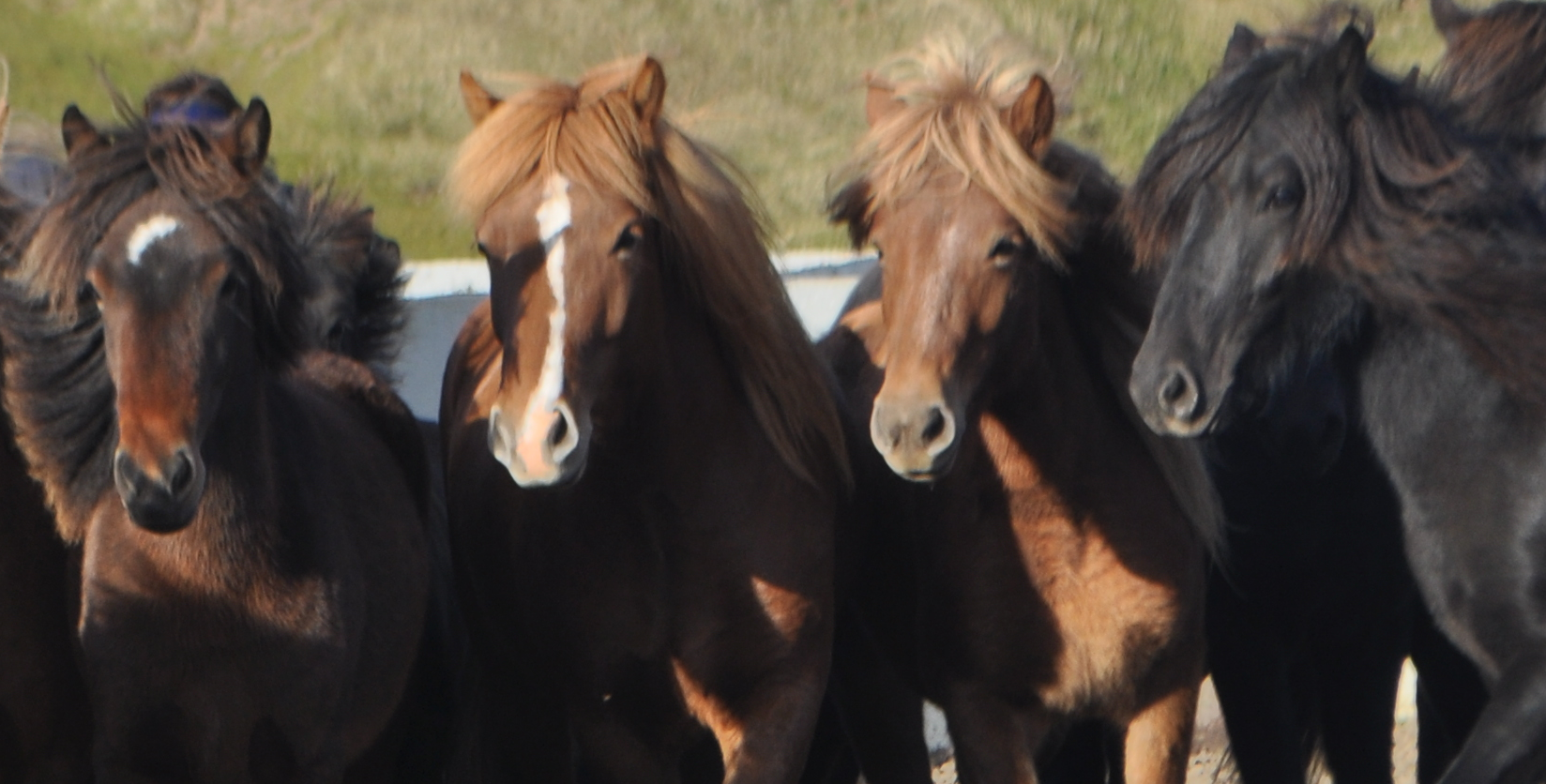
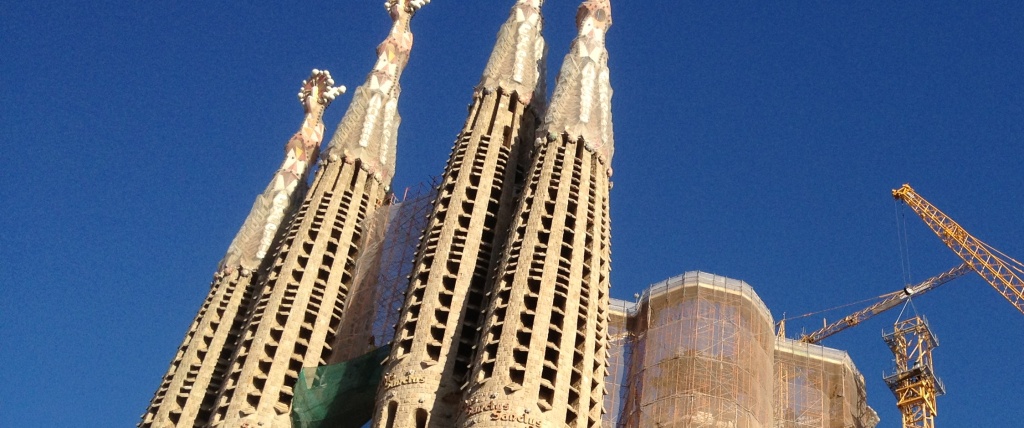
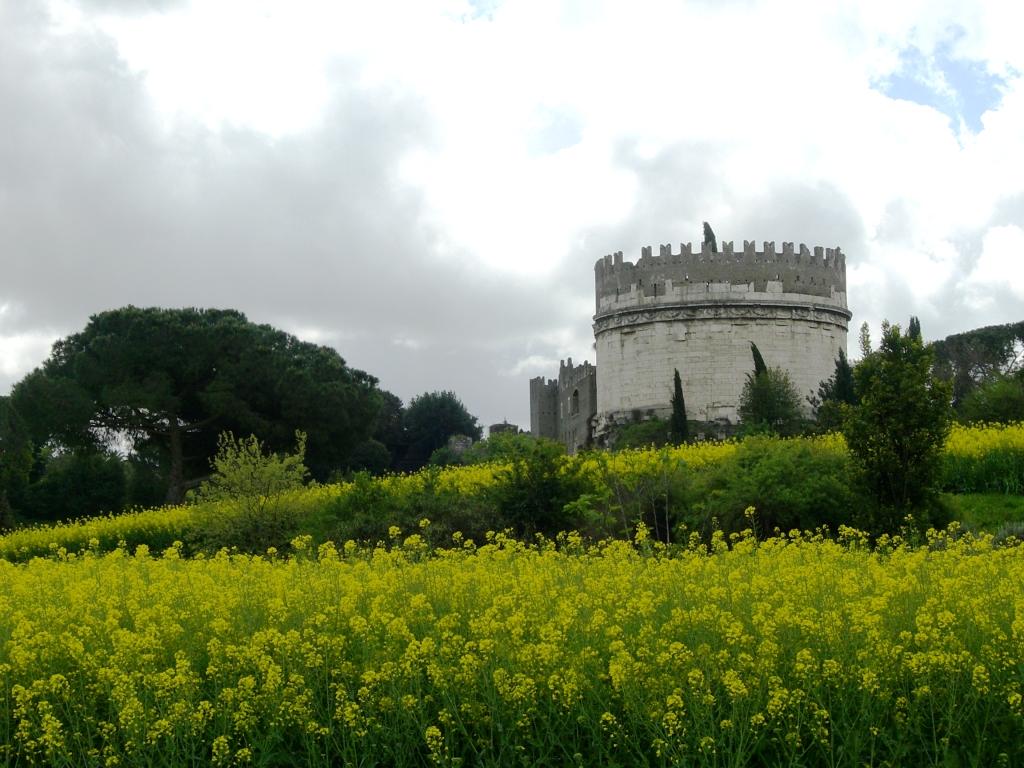
I did this trip as well and I thought it was great to see where the food comes from. My only objection was so much salt in the food that by the third day my ankles were cankles. I have some Parmigiano Reggiano in my fridge right now that I got here at the grocery and it is a far cry from what you get in Emilia Romagna.
Thank you Karen for sharing this great post about our food traditions in Emilia, Parmesan cheese is one of the greatest “inventions” of human kind. Thank you for sharing this!